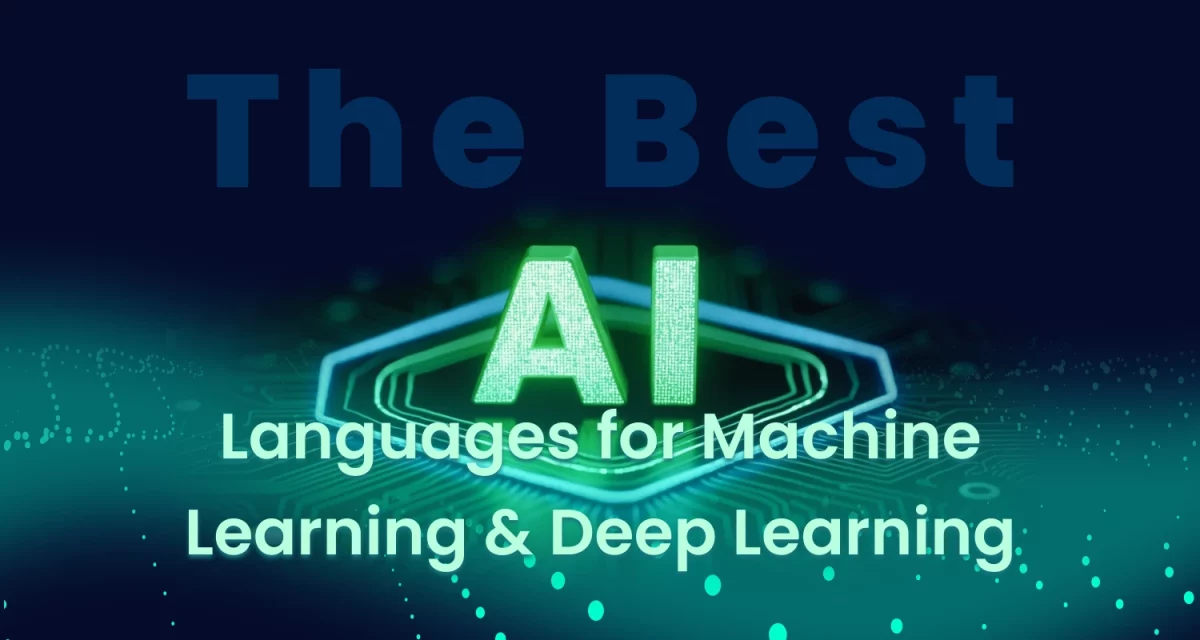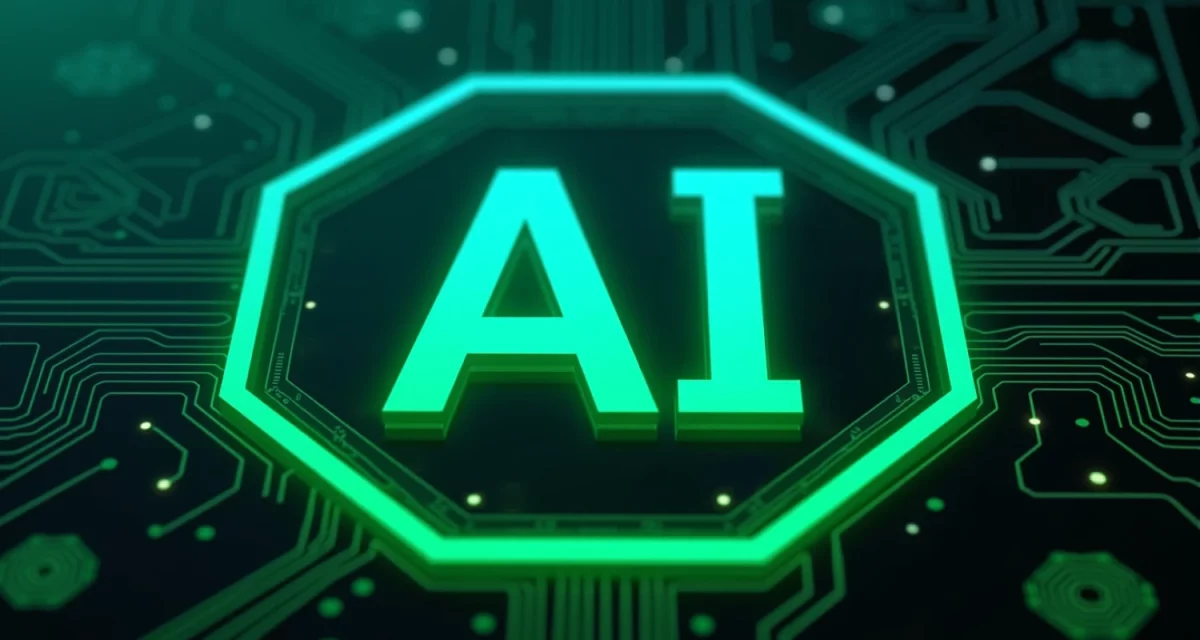
You probably hear about artificial intelligence (AI) almost every day. It sounds exciting, maybe even like something from a science fiction movie! But then, you might also hear terms like machine learning (ML) and deep learning (DL). Are they all the same thing? It’s easy to get these buzzwords mixed up.
Don’t worry! This post is here to help make sense of it all. Our main goal is to clearly explain the difference between artificial intelligence, machine learning, and deep learning. We’ll also focus on how they connect and fit together in the bigger picture.
Here’s a quick look at what we’ll cover:
- Simple definitions for AI, ML, and DL.
- How these important technologies are linked.
- The important ways they differ from one another.
- Real-world examples you might recognize.
- A peek at the tools used to create them.
- What the future might hold for these fields.
By the end, you’ll have a much clearer picture of these powerful technologies!
1. Artificial intelligence (AI) – The grand vision
So, what exactly is artificial intelligence (AI)? It is a broad field within computer science. The main focus is building computers or machines capable of doing tasks that usually require human intelligence. This includes activities like reasoning, learning new information, understanding surroundings (perception), and solving problems.
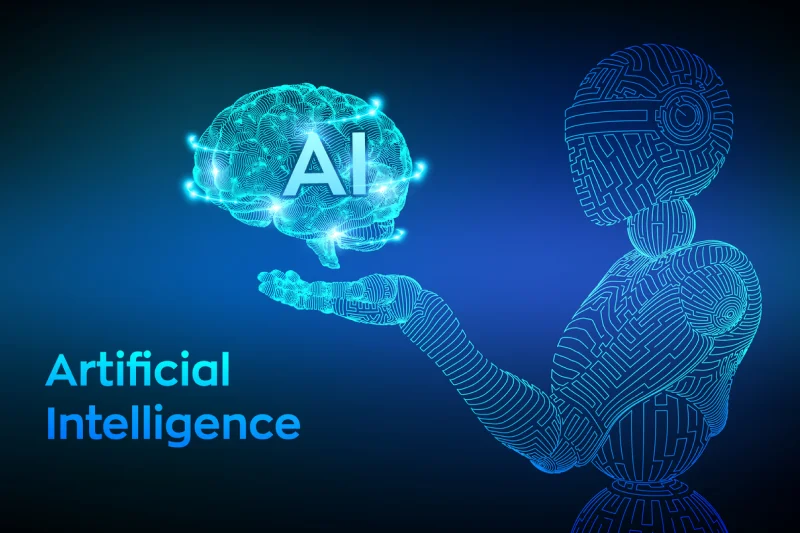
What’s the primary goal? AI aims to create systems that can act or operate intelligently, similar to humans in certain ways. A major part of this involves automation – enabling machines to handle tasks automatically, reducing the need for human intervention. AI also assists in making decisions, sometimes very complex ones.
Artificial intelligence serves as the large, encompassing field. Other important technologies, such as machine learning and deep learning (which we will discuss soon), are specific approaches within the broader category of AI. It represents the overall concept of creating intelligent machines.
Read more >>> 13 Best AI Languages for Machine Learning & Deep Learning
1.1. Different kinds of AI
Scientists sometimes describe three potential levels or types of AI:
- Artificial Narrow Intelligence (ANI): This is the AI currently in use. It is designed to perform one specific job very well. Examples include voice assistants on phones, music recommendation apps, or AI skilled at playing chess. It excels in its designated area but isn’t capable beyond that.
- Artificial General Intelligence (AGI): This represents a future goal that hasn’t been achieved yet. AGI would possess human-like intelligence across a wide range of tasks. Such a system could learn, understand, and apply its intelligence to solve diverse problems, much like a person can.
- Artificial Super Intelligence (ASI): This remains a theoretical concept for the more distant future. ASI would surpass human intelligence significantly. Its potential capabilities are difficult to fully comprehend today.
1.2. AI’s connections: Related areas
AI is closely linked to other important technological fields. For instance, cognitive computing attempts to build systems that process information in ways inspired by the human brain. Additionally, robotics frequently incorporates AI to provide robots with sensing abilities (like vision) and the intelligence needed to navigate and interact effectively with their environment.
2. Machine learning (ML) – Enabling AI through learning
Now that we know AI is the big picture, let’s talk about machine learning (ML). ML is a very important part of Artificial Intelligence. The special thing about machine learning is that it allows computer systems to learn directly from data. Instead of programmers writing step-by-step instructions for every single possibility, ML systems use data to learn and improve how they perform a task all on their own.
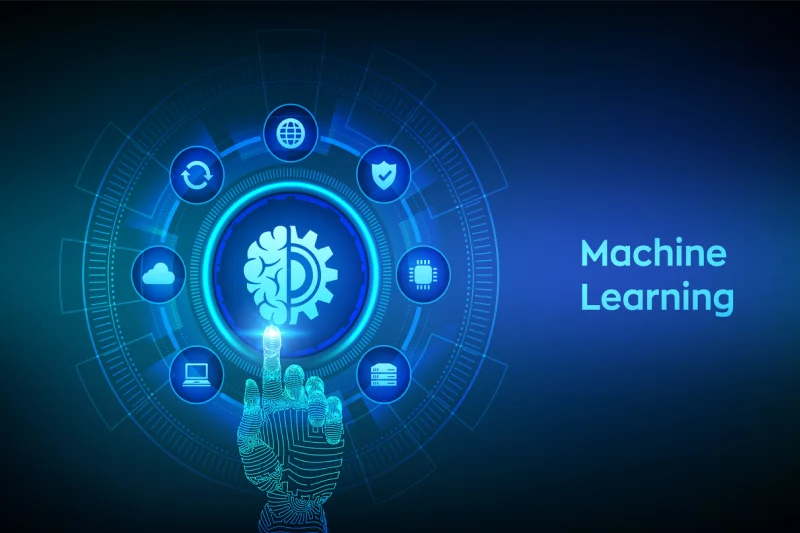
2.1. How does it learn?
The basic idea is simple: the more data (or experience) a machine learning system gets, the better it usually becomes at its task. It learns by finding patterns in the data. This skill of finding useful patterns is sometimes called pattern recognition.
2.2. A typical learning process
So, how does an ML system learn? It often follows these general steps:
- Data: It starts with a lot of data relevant to the task.
- Features: Important pieces of information (called features) are identified in the data. Often, humans help select these features initially.
- ML algorithms: Special ML algorithms process the data and features to create a ‘model’. This model is like the system’s learned knowledge.
- Predictions/Decisions: The model can then use what it learned to make predictions or decisions when it sees new, similar data.
2.3. Main types of machine learning
There are three main ways these systems learn:
1. Supervised learning
This is like learning with a teacher providing answers. The system gets data that is already labeled with the correct output. It learns by trying to predict the outputs and then correcting itself based on the answers it was given.
- Examples: Sorting emails into “spam” or “not spam” (classification); predicting the price of a house based on its features (regression).
- Common ML algorithms used: Examples include decision trees and support vector machines (SVM).
- Often used for: Predictive analytics, which means using past data to make predictions about the future.
2. Unsupervised learning
Here, there’s no teacher or answer key. The system receives data without any labels and has to find patterns or structures on its own.
- Examples: Grouping customers with similar shopping habits together (clustering); reducing the complexity of data while keeping important information.
- Often used for: Discovering hidden groupings in data, like identifying different types of customers.
3. Reinforcement learning
This is like teaching a pet through rewards. The system learns by taking actions in an environment. It gets positive feedback (rewards) for good actions and negative feedback (penalties) for bad ones. Over time, it learns the best sequence of actions to maximize its total reward.
- Often used for: Training AI to play complex games, or controlling robots based on achieving goals.
Read more >>> How to Build an AI Model? A Step-by-Step Guide in 2025
3. Deep learning (DL) – Powering advancements with neural networks
Let’s dive into deep learning (DL), which is a special, powerful type of Machine Learning. Deep learning gets its inspiration from the structure of the human brain and uses something called artificial neural networks (often just called neural networks). What makes it “deep”? It means these neural networks have many layers stacked on top of each other, allowing them to learn complex patterns from data.
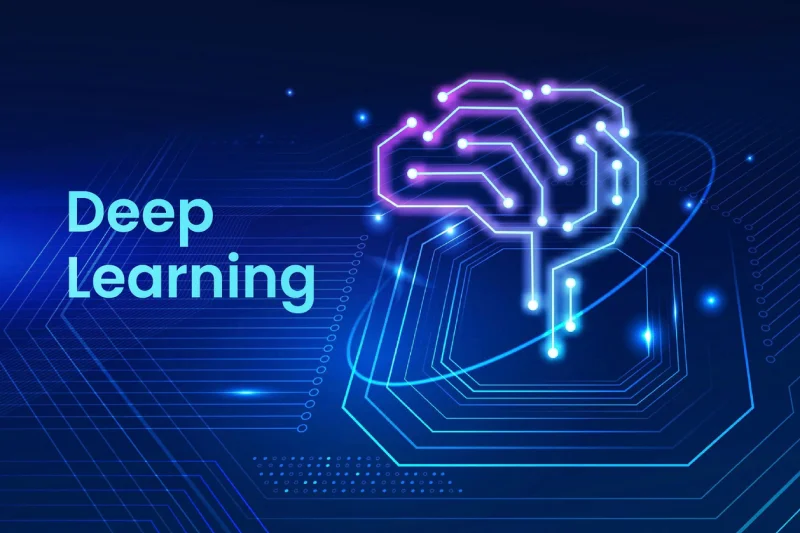
3.1. The big difference from other machine learning
So, how deep learning differs from machine learning in AI in a practical sense? A key difference is how they handle the information (features) in data. In many standard ML methods, humans often need to carefully select and prepare these features from the raw data first. Deep learning models, however, are often able to learn the important features automatically directly from the raw input, like pixels in an image or words in a sentence. This automatic feature extraction is a major advantage, especially when dealing with very large and complex datasets, often referred to as big data.
3.2. The role of neural networks
The role of neural networks in deep learning and machine learning is fundamental, especially for DL. Neural networks are the core engine of deep learning. They are built from interconnected nodes or ‘neurons’, organised in layers. Connections between these neurons have adjustable values (weights). As the network sees more data, it adjusts these weights to get better at making predictions or classifications. This learning or ‘training’ process often involves methods like Gradient Descent, which helps the network minimize its errors step-by-step.
3.3. Key types of deep learning models
There are various specialized DL Models (also called architectures) designed for different kinds of tasks:
1. Convolutional Neural Networks (CNNs): Think of CNNs as the experts for visual data. They are exceptionally good at processing grid-like data, such as images. This makes them extremely useful for Computer Vision tasks, like recognizing objects in pictures or understanding video content.
2. Recurrent Neural Networks (RNNs): RNNs are designed to work with sequences or ordered data. This could be the words in a sentence, or data points over time. They are crucial for Natural Language Processing (NLP) tasks like machine translation (e.g., translating English to Vietnamese), understanding text sentiment, and speech recognition.
3.4. What deep learning needs
While deep learning can achieve amazing results, it usually requires two key ingredients:
1. Lots of data (Big Data): Because these models learn complex patterns, they typically need vast amounts of data examples to learn effectively.
2. Powerful computers: Training these deep, multi-layered networks involves huge amounts of calculations. This often requires specialized computer hardware, particularly GPUs (Graphics Processing Units), to finish training in a reasonable time.
4. Difference between artificial intelligence, machine learning, and deep learning
We’ve talked about Artificial Intelligence (AI), Machine Learning (ML), and Deep Learning (DL) separately. Now, let’s make sure we’re clear on the difference between artificial intelligence, machine learning, and deep learning. Understanding the relationship between AI, ML, and DL is easier if you picture Russian nesting dolls – the ones that fit inside each other.
- Artificial Intelligence (AI) is the biggest, outermost doll. It’s the broad concept of making machines smart.
- Inside the AI doll is Machine Learning (ML). ML is one way to achieve AI – by letting machines learn from data.
- Inside the ML doll is Deep Learning (DL). DL is a specific, advanced type of ML that uses complex structures called deep Neural Networks.

4.1. Core relationship summary
Here’s a simple way to summarize their roles:
- AI is the overall goal or field – creating machines that can perform intelligent tasks.
- ML provides the methods and tools for systems to learn from data to become intelligent, enabling AI.
- DL is a powerful set of techniques within ML that uses deep Neural Networks to learn complex patterns, driving many recent AI breakthroughs.
4.2. Key difference between artificial intelligence, machine learning, and deep learning
This table highlights the main difference between artificial intelligence, machine learning, and deep learning in specific points:
|
Feature
|
Artificial Intelligence (AI)
|
Machine Learning (ML)
|
Deep Learning (DL)
|
|
Scope
|
The whole broad field
|
A specific part (subset) of AI
|
A specialized technique within ML
|
|
Main Approach
|
Making machines seem intelligent (any way)
|
Systems learn patterns from data
|
Systems learn via deep neural networks
|
|
How Features are Handled
|
Depends entirely on the method used
|
Often needs human help to select features
|
Learns important features automatically
|
|
Typical Data Needs
|
Varies greatly by application
|
Needs moderate to large amounts of data
|
Usually needs very large amounts (Big Data)
|
|
Computer Hardware
|
Varies
|
Can often run on standard CPUs, sometimes GPUs
|
Often requires powerful GPUs for training
|
|
Ease of Understanding
|
Varies
|
Often easier to explain why it decided
|
Can be harder to explain why (“Black Box”)
|
|
Key Technology Used
|
General algorithms, logic, rules
|
Specific ML Algorithms
|
Deep Neural Networks
|
5. Real-world AI applications, ML applications, and DL applications
Theory is helpful, but where do we actually see Artificial Intelligence (AI), Machine Learning (ML), and Deep Learning (DL) working in the real world? The truth is, applications of artificial intelligence, machine learning, and deep learning are already part of our daily lives, often operating behind the scenes. Let’s look at some concrete examples for each category. Keep in mind that many complex AI applications actually use ML and DL techniques inside them to work their magic.
5.1. AI applications (Broad examples)
These are systems designed to act intelligently, often combining various techniques.
- Virtual assistants: Services like Apple’s Siri, Amazon’s Alexa, or Google Assistant understand spoken commands and help you with tasks (setting timers, playing music, answering questions). They rely heavily on ML and DL for understanding language but function as broad AI helpers.
- Complex game playing: AI programs developed by places like Google DeepMind (such as AlphaGo, which mastered the game Go) show advanced strategic capabilities learned through ML (specifically Reinforcement Learning) and DL.
- Expert systems: While some are older forms of AI, these systems mimic the decision-making of a human expert in a specific area, like helping diagnose problems or recommending solutions based on input data.

5.2. Machine learning applications (Specific examples)
These focus on learning patterns from data to make predictions or decisions.
- Email spam filters: Your inbox automatically filters out junk mail because ML algorithms have learned to identify patterns common in spam messages.
- Recommendation engines: When streaming services (like Netflix) suggest shows or online stores (like Amazon) recommend products, they’re using ML to predict what you’ll likely enjoy based on your past activity and similar users.
- Predictive analytics: Businesses use ML to forecast future sales, predict when customers might leave (churn), or optimize inventory levels by analyzing past trends.
- Fraud detection: Financial institutions use ML to spot unusual transaction patterns that could indicate fraudulent activity, helping protect accounts.
- Medical diagnosis assistance: ML models can analyze patient data to assist doctors in identifying potential health issues or predicting patient risk levels.

5.3. Deep learning applications (Advanced examples)
These typically involve complex pattern recognition, often using deep neural networks on large datasets.
- Self-driving car perception: DL is crucial for the Computer Vision systems in autonomous vehicles, enabling them to “see” and interpret roads, signs, pedestrians, and other vehicles using cameras and sensors.
- Advanced Natural Language Processing (NLP): Powerful models from companies like OpenAI (such as the GPT series) that can generate remarkably human-like text, translate languages accurately, or understand complex questions are prime examples of DL in action.
- Image generation: AI tools that create original images based on text descriptions rely on sophisticated DL models.
- Speech recognition: Modern dictation software and voice command systems that accurately convert spoken words into text use DL to understand different accents and nuances in speech.
- Medical image analysis: DL excels at analyzing medical scans like X-rays and MRIs, helping radiologists detect subtle signs of diseases like cancer often utilizing Computer Vision techniques.
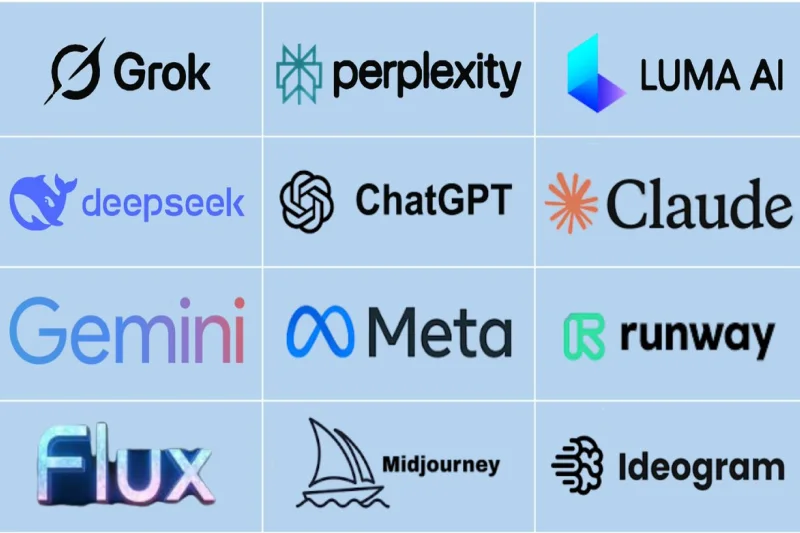
As these examples show, the lines can blur! Many of the most cutting-edge AI Applications today are not purely one thing or another. They often cleverly combine different ML algorithms and DL networks to perform different parts of a task. For instance, an advanced system might use DL for Computer Vision, ML for Predictive Analytics, and other AI logic to make final decisions. This combination often leads to more capable and robust intelligent systems.
6. The ecosystem: Tools, frameworks, and key players
Creating Artificial Intelligence, Machine Learning, and Deep Learning systems isn’t usually done by starting completely from zero each time. Thankfully, there’s a whole ecosystem of software tools, libraries, and platforms that developers use. These resources make it much easier and faster to build, train, and use AI models.
6.1. Popular tools (Frameworks and Libraries)
Here are some of the most common tools you might hear about:
For general machine learning
- Scikit-learn: A very popular choice in the Python programming language, offering ready-to-use tools for many standard ML tasks like classification, regression, and clustering.
For deep learning
- TensorFlow: Developed by Google, this is a powerful and widely used open-source library for building all sorts of Deep Learning models.
- PyTorch: Developed by Meta’s AI research lab, PyTorch is another major open-source library, well-liked for its flexibility, especially among researchers.
- Keras: Often described as a user-friendly ‘wrapper’, Keras provides a simpler way to build Neural Networks and can actually run using other backends like TensorFlow.
Cloud platforms for AI/ML
Large cloud providers offer complete environments designed for AI and ML work. These platforms give access to powerful computing resources, data storage, and pre-built AI services. Some well-known ones include:
- Google Cloud AI Platform
- Amazon Web Services (AWS) SageMaker
- Microsoft Azure Machine Learning
- IBM Watson services
These cloud options make advanced AI tools accessible even to individuals or smaller companies that might not have their own massive computer setups.
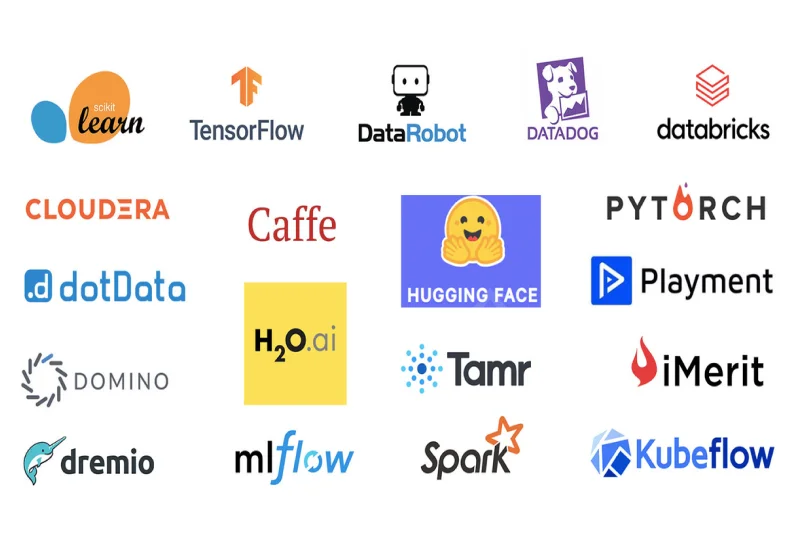
6.2. Who’s driving the innovation?
The rapid progress in AI is fueled by intense research and development from various groups:
- Specialized AI labs: Companies like Google DeepMind (known for breakthroughs like AlphaGo) and OpenAI (famous for models like GPT) are dedicated solely to pushing the limits of AI.
- University research labs: Academic institutions worldwide play a vital role in developing new theories, algorithms, and exploring ethical considerations.
- Corporate R&D: Many major technology companies also invest heavily in their own internal AI research teams.
These tools, platforms, and researchers all work together, creating the vibrant and rapidly evolving ecosystem of AI today.
7. Beyond the basics – Data science, limitations, and future trends
Now that we’ve covered the basics of AI, ML, and DL, let’s look a bit further – how they fit into the bigger picture, some challenges they face, and what might be next.
7.1. AI, ML, and DL within data science
It’s useful to understand that Artificial Intelligence, Machine Learning, and Deep Learning are often key tools within the larger field of Data Science. What is Data Science? It’s the entire process involved in getting value and insights from data. This includes:
- Collecting data
- Cleaning and preparing data (a very important step!)
- Analyzing and exploring data to find patterns
- Creating charts and visuals to communicate findings
- Building predictive models (often using ML or DL techniques)
- Putting these models into action in the real world.
So, while AI, ML, and DL focus on creating the intelligent models themselves, Data Science covers the whole journey from raw data to useful knowledge and action.
7.2. Important limitations and challenges
These technologies are powerful, but they aren’t magic. There are significant challenges to keep in mind:
- AI ethics and bias: AI systems learn from the data they are given. If that data contains biases existing in society (like unfairness towards certain groups), the AI model can learn and even worsen those biases. Ensuring AI is developed and used fairly and ethically is a major ongoing concern.
- Understanding the “Why” (Interpretability): Especially with complex ML models and Deep Learning, it can be very difficult to understand exactly why the model made a particular prediction or decision. This is often called the “black box” problem. In critical areas like medical diagnosis or loan applications, this lack of transparency can be risky. This is why there’s a big push towards “Explainable AI” (XAI) – methods to make AI decisions more understandable to humans.
- Deep learning’s needs: As we saw, DL often requires huge amounts of Big Data to learn effectively. It also usually demands significant computing power (often expensive GPUs) for training. These requirements can make DL difficult or costly to implement for smaller organizations or certain problems.
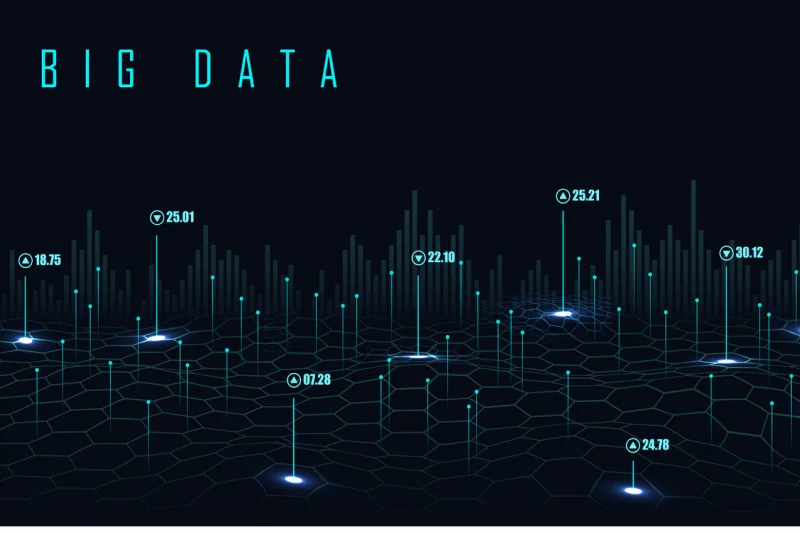
7.3. What does the future hold?
Looking ahead from our viewpoint in early 2025, the fields of AI, ML, and DL are moving incredibly fast. Here are some key trends:
- Smarter, more efficient models: Researchers are constantly developing new Deep Learning architectures and training techniques that aim to be more powerful, require less data, or run faster.
- AI on your devices (Edge AI): We’re seeing a growing trend of AI models running directly on local devices like smartphones, cars, sensors, and factory equipment, rather than sending data to the cloud. This “Edge AI” allows for quicker responses, less reliance on internet connections, and potentially better data privacy.
- Progress towards broader AI: While true human-level Artificial General Intelligence (AGI) likely remains a long way off, research steadily pushes towards AI systems that are more flexible, adaptable, and capable across a wider variety of tasks than the specialized AI we mostly see today.
- Deeper integration across industries: Expect AI, ML, and DL to become even more deeply embedded in almost every sector – transforming healthcare, finance, entertainment, transportation, scientific research, and much more.
These ongoing developments mean that understanding AI, ML, and DL will only become more important in the years to come.
8. Key takeaways
To sum up: Artificial Intelligence (AI) is the broad goal of smart machines, Machine Learning (ML) enables AI by learning from data, and Deep Learning (DL) is an advanced type of ML using neural networks (AI > ML > DL).
Understanding the AI vs ML vs DL differences is valuable for everyone as these technologies rapidly evolve. Together, Artificial Intelligence, powered by Machine Learning and Deep Learning, holds immense potential to transform our future.
Found this breakdown helpful? Follow Stepmedia for more updates and insights into the fast-moving world of AI and technology!


